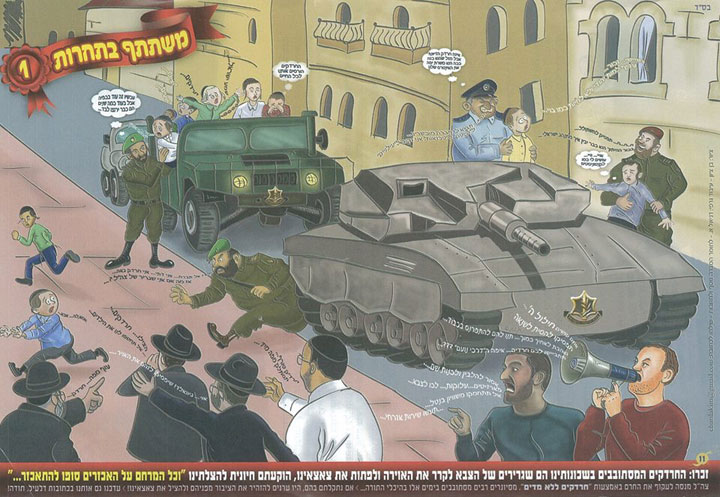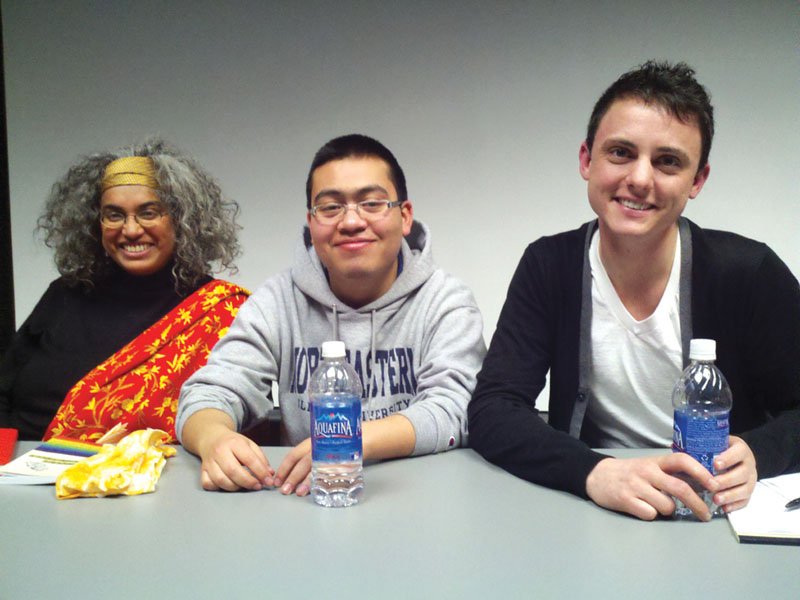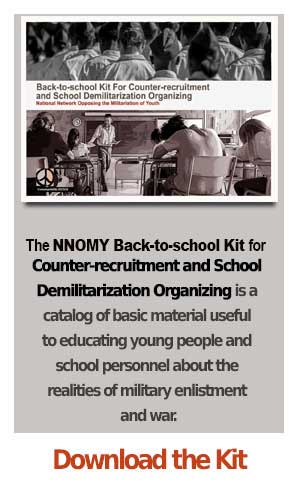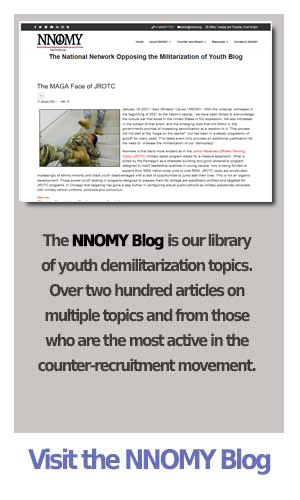The National Coalition to Protect Student Privacy -
 The military in Connecticut's General Assembly influence runs counter to the sensibilities and civil liberties of the citizens of the Constitution State. Apparently the Department of Defense has such clout few have the courage or political will to oppose it. This is not what democracy looks like.
The military in Connecticut's General Assembly influence runs counter to the sensibilities and civil liberties of the citizens of the Constitution State. Apparently the Department of Defense has such clout few have the courage or political will to oppose it. This is not what democracy looks like.
On Thursday SB 423, "An Act Concerning Student Privacy and the Administration of the Armed Services Vocational Aptitude Battery" was referred to the Committee on Veterans' Affairs for legislative death. Co-Chair Jack Hennessy (127th Assembly District - Bridgeport) has "serious reservations" regarding the bill. How odd it is that legislation designed to protect the privacy of Connecticut High School children should be re-routed through the Committee on Veterans' Affairs!
A child can go to school in Connecticut, be tested by the Pentagon, and have tests results, detailed demographic information and social security numbers released to recruiters without parental consent or knowledge.
Information gathered as a result of the administration of the ASVAB is the only information leaving Connecticut's schools about children without providing for parental consent. SB 423 would change that. The members of the Education Committee overwhelmingly thought it was a good bill, but Jack Hennessy has serious reservations. How does this work, exactly?
The ASVAB is the military's entrance exam that is given to fresh recruits to determine their aptitude for various military occupations. The test is also used as a recruiting tool in 106 high schools in Connecticut and nearly 12,000 across the country. The 3-hour test is used by the US Military Entrance Processing Command to gain sensitive, personal information on 3,750 Connecticut kids and 660,000 high school students across the country every year, the vast majority of whom are under the age of 18.
According to military regulations the primary purpose of the ASVAB (Armed Services Vocational Aptitude Batter) is to provide military recruiters "with a source of leads of high school juniors and seniors."


 There’s a saying in the Army recruiting community: “First to contact, first to contract.” In the United States, you have to be at least 17 years old to enlist in the armed forces. But, according to those who make a living tracking students’ feelings about the military, it would be pure folly not to start before then. Enter public education. In 2010, the most recent year for which data are available, the Department of Defense (DoD) was administering more than a dozen different programs and spending close to $50 million on K–12 outreach targeting the STEM fields of science, technology, engineering, and math.
There’s a saying in the Army recruiting community: “First to contact, first to contract.” In the United States, you have to be at least 17 years old to enlist in the armed forces. But, according to those who make a living tracking students’ feelings about the military, it would be pure folly not to start before then. Enter public education. In 2010, the most recent year for which data are available, the Department of Defense (DoD) was administering more than a dozen different programs and spending close to $50 million on K–12 outreach targeting the STEM fields of science, technology, engineering, and math.
 The following is an excerpt from the book,
The following is an excerpt from the book, 
 Beate Medina was returning home from walking her dogs one evening in May 2004 when she saw two Army officers standing at her door. The sight did not immediately register. Uniformed officers are a common sight at Wheeler Army Airfield in Hawaii, where her husband’s division was based, and their street was being renumbered. She thought they had the wrong house.
Beate Medina was returning home from walking her dogs one evening in May 2004 when she saw two Army officers standing at her door. The sight did not immediately register. Uniformed officers are a common sight at Wheeler Army Airfield in Hawaii, where her husband’s division was based, and their street was being renumbered. She thought they had the wrong house.




